High Dropout Rates for Modified Atkins Diet in Epilepsy Treatment
This study looked at adults with drug-resistant epilepsy (DRE) who were treated with the modified Atkins diet (MAD) at a specialized clinic.
Plain‑language drug resistant epilepsy research: who benefits from surgery, devices, diets, and emerging treatments.
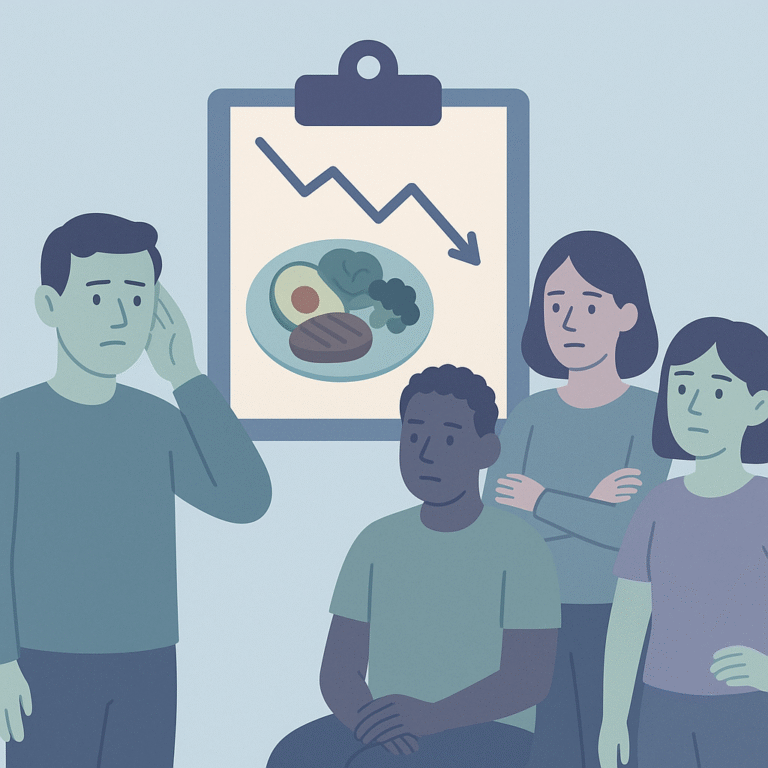
This study looked at adults with drug-resistant epilepsy (DRE) who were treated with the modified Atkins diet (MAD) at a specialized clinic.

Recent research has focused on improving the treatment of seizures in children with epilepsy, a condition that affects many young people in different ways.
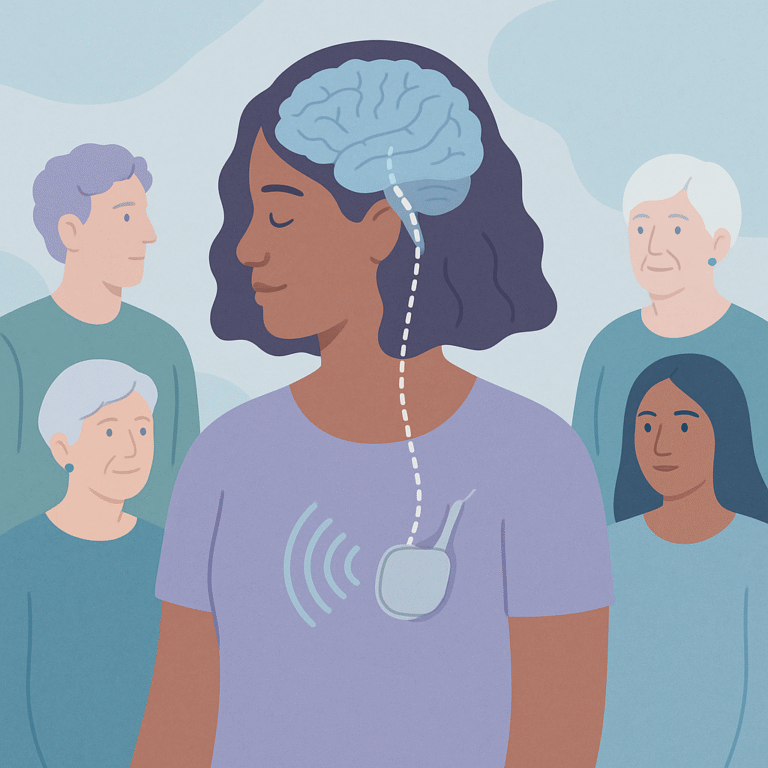
This study looked at how effective vagus nerve stimulation (VNS) is for people with drug-resistant epilepsy (DRE) and what factors might predict a positive response to this treatment.
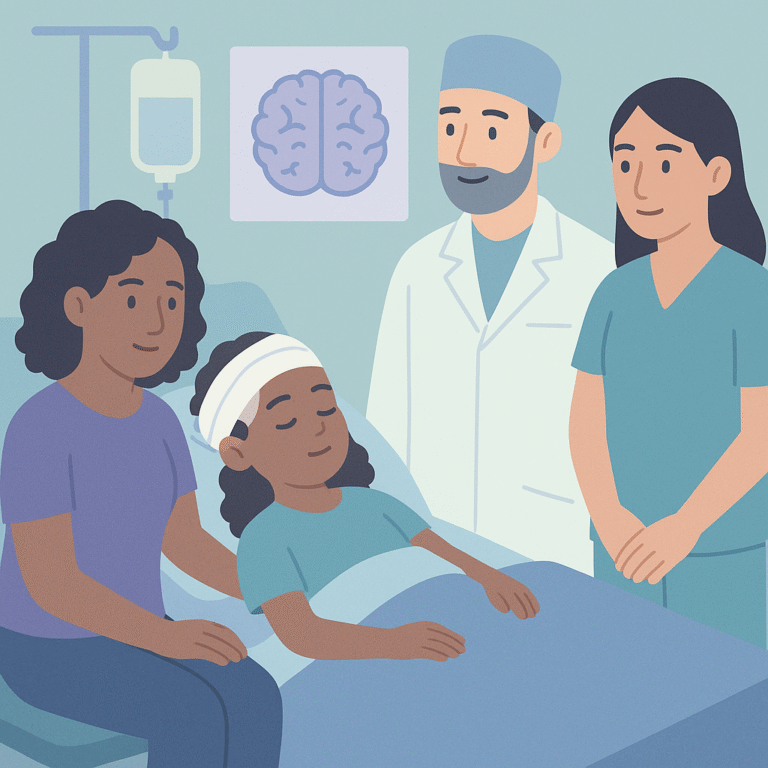
A study was conducted to evaluate the outcomes of a surgical procedure called hemispherotomy in 23 children with drug-resistant epilepsy (DRE) in Panama.
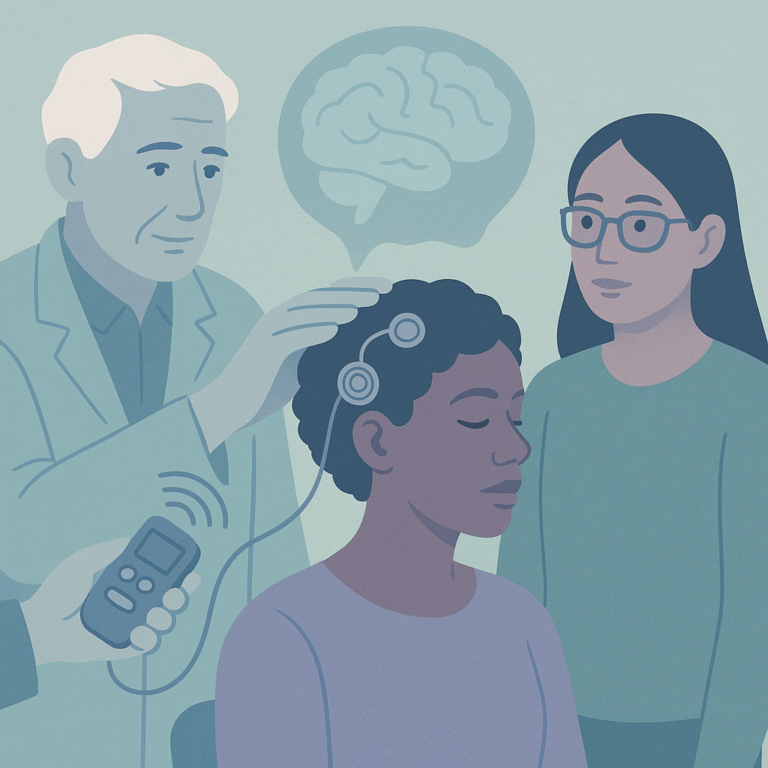
This study looked at the effects of responsive neurostimulation (RNS) on the brain function of patients with drug-resistant epilepsy (DRE).
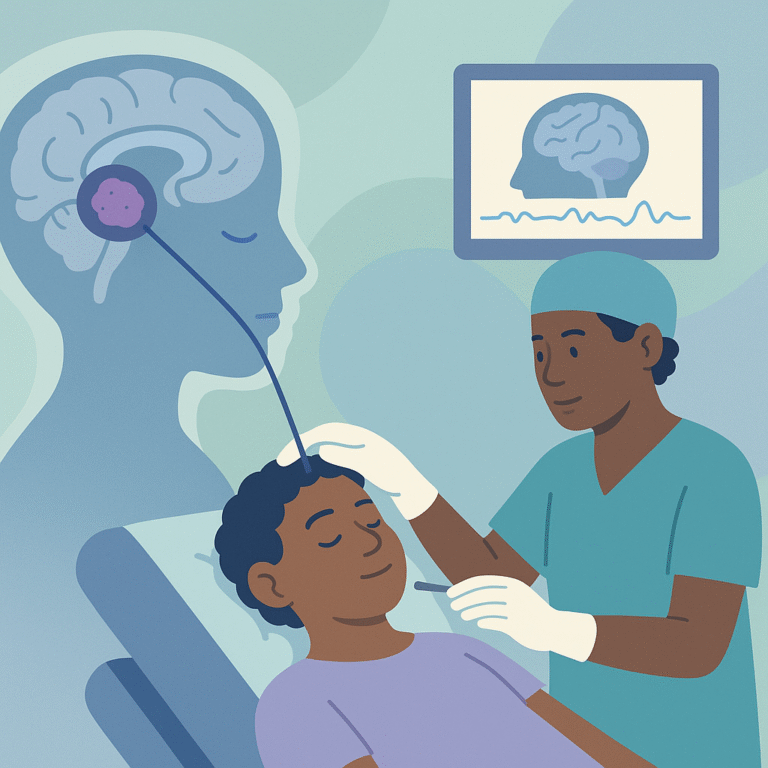
This study looked at the long-term results of a treatment called stereotactic radiofrequency thermocoagulation (SRT) for patients with hypothalamic hamartomas (HHs), which are brain growths that can cause difficult-to-control seizures.
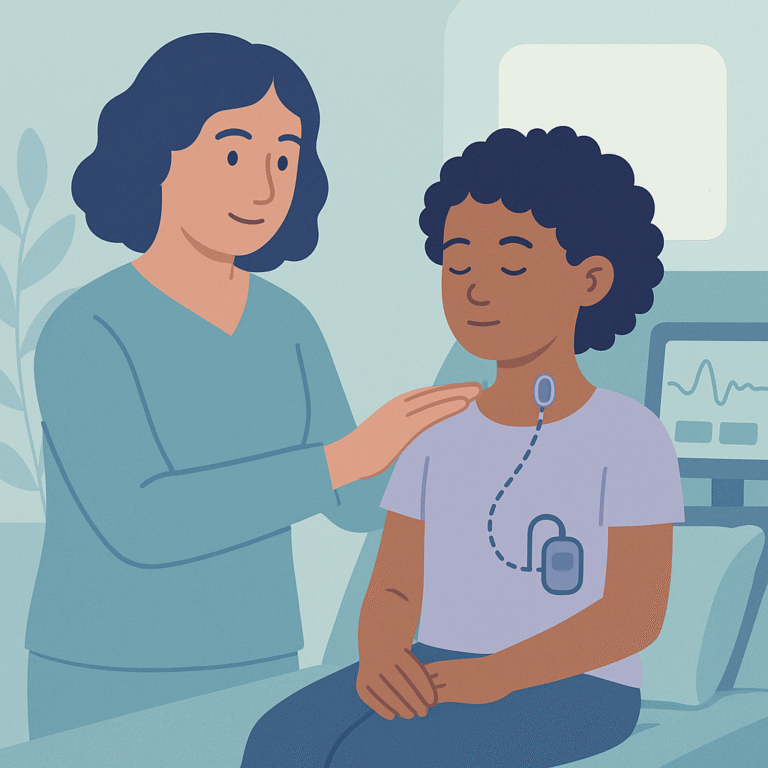
This study looked at how effective vagus nerve stimulation (VNS) is for children with drug-resistant epilepsy (DRE), which means their seizures do not respond well to medications.
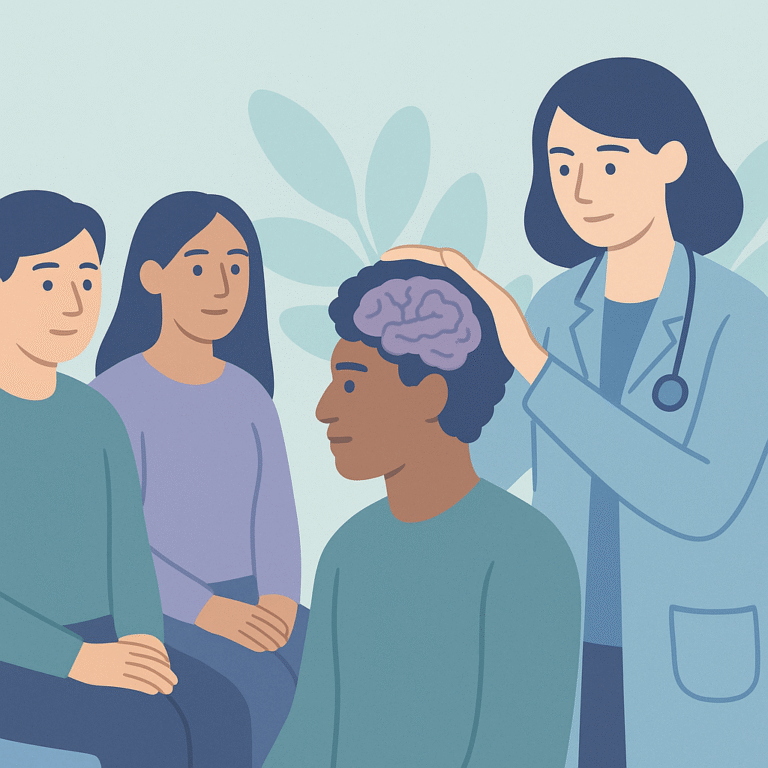
This study looked at how neuropsychiatric care is involved in epilepsy surgery across the UK.
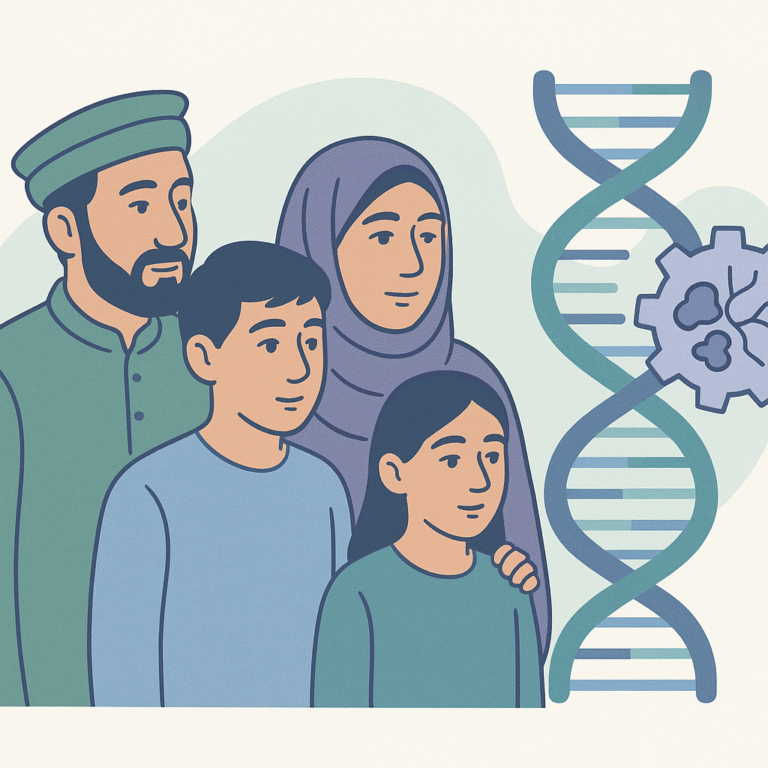
This study focused on families from the Pashtun population in Pakistan who have cases of epilepsy that had not been thoroughly examined at the genetic level.